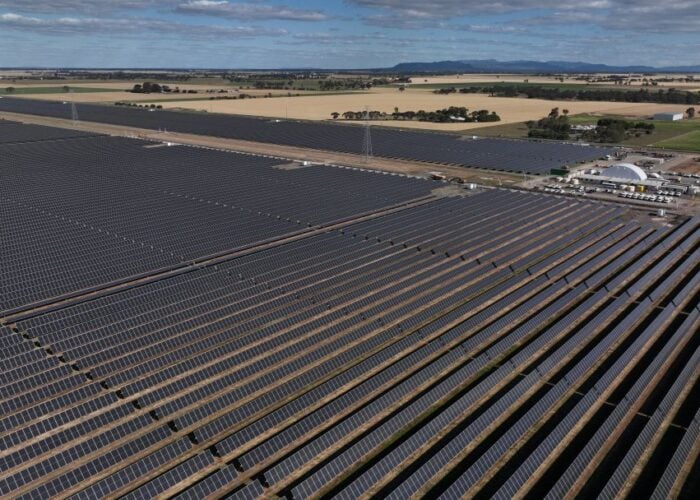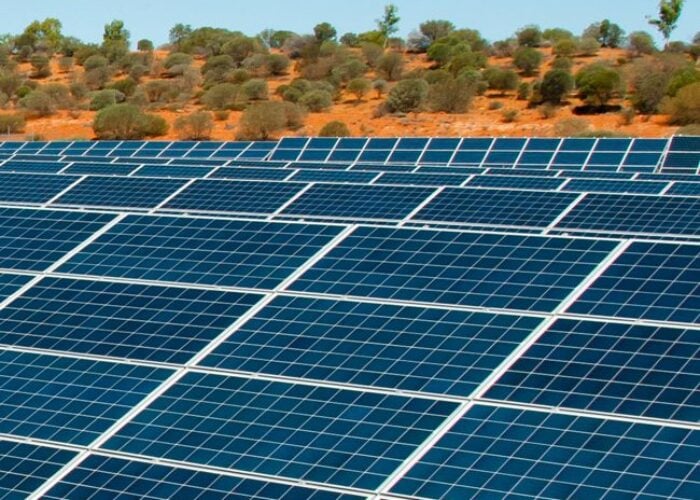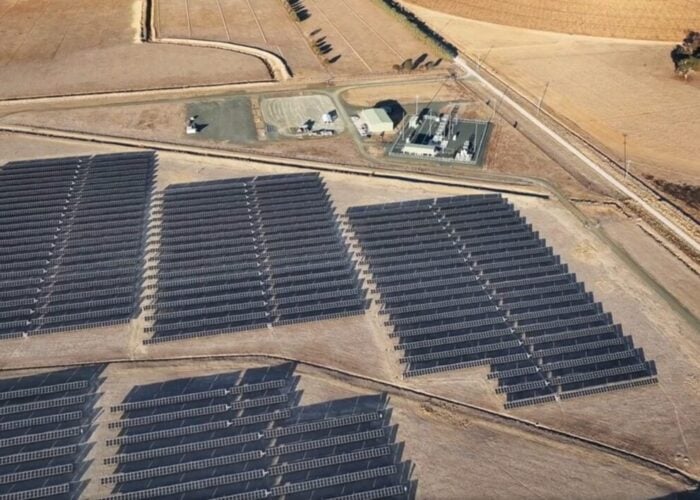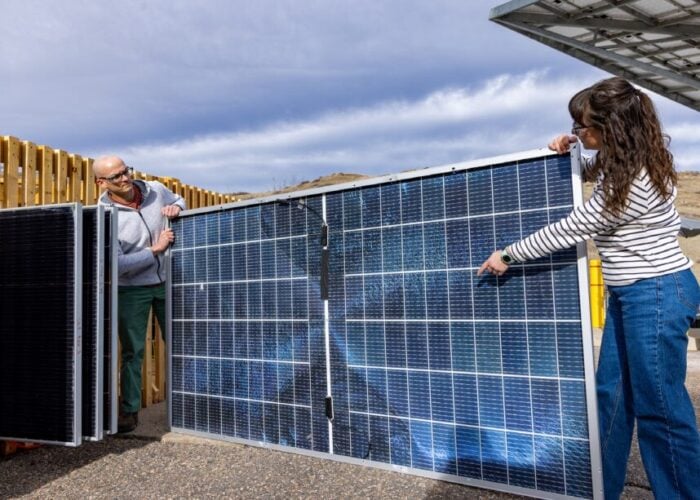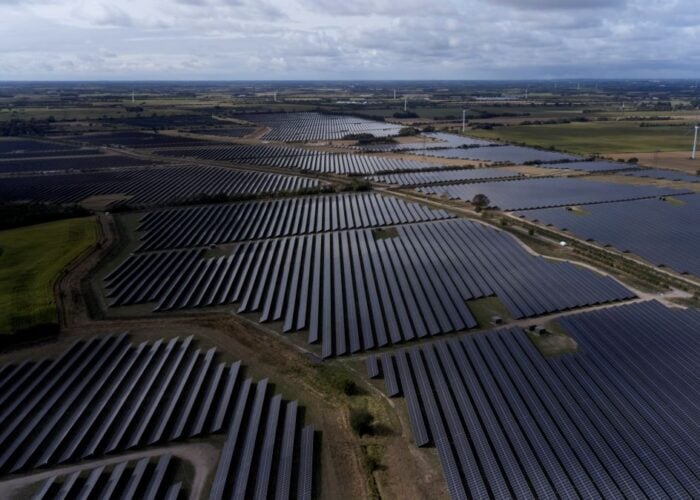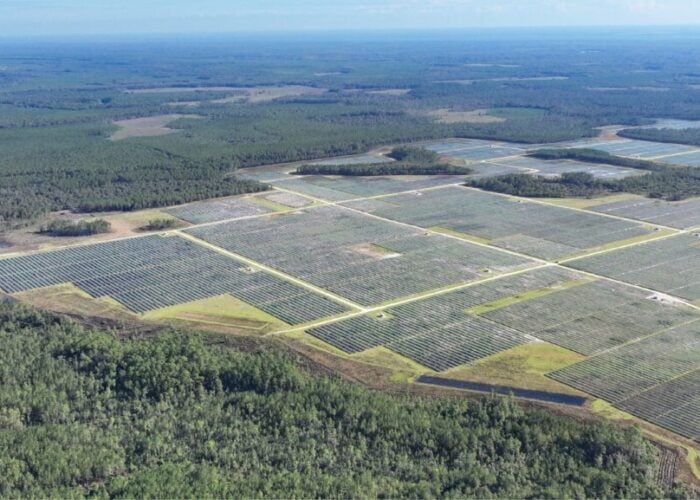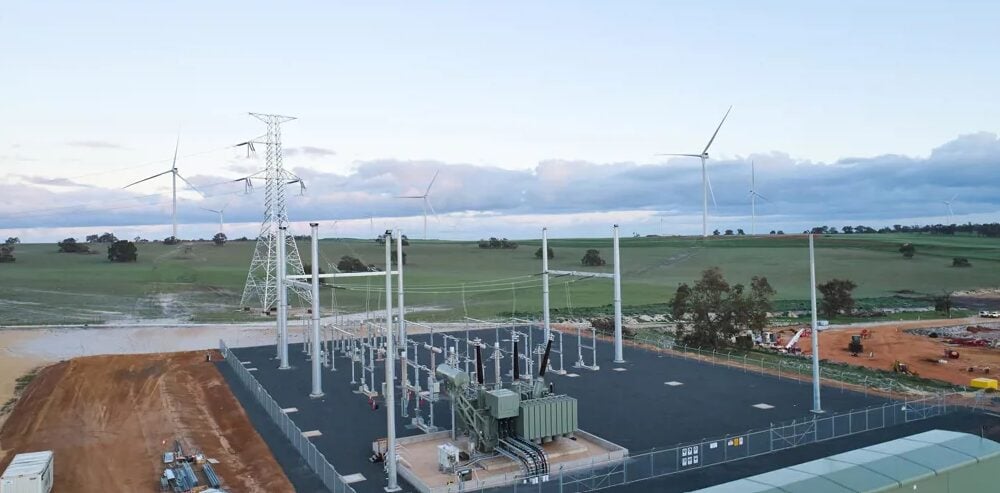
Two major transmission infrastructure projects have progressed in Western Australia and New South Wales.
In Western Australia, the state government has signed contracts worth AU$342 million (US$225 million) for the Clean Energy Link—North transmission project.
Try Premium for just $1
- Full premium access for the first month at only $1
- Converts to an annual rate after 30 days unless cancelled
- Cancel anytime during the trial period
Premium Benefits
- Expert industry analysis and interviews
- Digital access to PV Tech Power journal
- Exclusive event discounts
Or get the full Premium subscription right away
Or continue reading this article for free
This project aims to expand the northern section of the South West Interconnected System (SWIS), the largest electricity network in Western Australia. It serves much of the southwest of the state, including the capital, Perth.
This is part of the state government’s largest investment in electricity transmission infrastructure in over a decade, now at AU$1.6 billion.
The contracts have been signed with GenusPlus, UGL Engineering, and Acciona. These contracts will deliver a 26.5km overhead 132kV transmission line from Wangara to Neerabup Terminal, new 132kV and 330kV terminals and lines within the existing network, including existing line conversions and upgrades.
The contracts will also involve designing and constructing new bays and related lines at Regans Ford, building a new terminal at Three Springs, and upgrading the existing transmission network in the areas surrounding the Northern, Neerabup, and Eneabba terminals.
They are part of an AU$584 million State Budget commitment for Western Power, a state-owned electricity network operator, to undertake network upgrades and expansion as part of the Clean Energy Link—North programme.
The Clean Energy Link initiative aims to address the growing demand for clean energy by connecting resource-rich areas to the state’s largest electricity network.
Western Australia is home to some of the world’s most abundant solar and wind resources, yet outdated transmission infrastructure has constrained the ability to harness and distribute this energy.
The project aims to overcome these limitations by building new transmission lines and upgrading existing ones, ensuring that renewable energy can flow from generation sites to urban centres and industrial hubs. Indeed, the government estimates that this initiative will make around 400MW of wind generation and around 1GW of other renewable energy available in the SWIS.
Amber-Jade Sanderson, Western Australia’s minister for energy and decarbonisation, said the SWIS will be strengthened by new renewable energy generation capacity in the Mid West region.
“It will mean industry can reliably and safely connect their wind, solar and battery projects to the transmission network, increasing the amount of renewables on our system, with the aim of doubling them by 2030,” Sanderson said.
“Clean Energy Link – North is pivotal and the start of our accelerated planning for future transmission corridors to unlock renewable energy across the state.”
Sanderson added that work on the subsequent phases of the state government’s infrastructure investments is “well progressed and will be released later in the year.”
Transgrid: Work on NSW-SA-VIC interconnector now ‘over 70% complete’
In the east of the country, Australian transmission system operator Transgrid said that work on “Australia’s largest transmission project” has gone into “overdrive”.
In a statement released earlier this week, Trangrid has said the project is now “over 70% complete”.
EnergyConnect is an AU$1.8 billion infrastructure project that will link the electricity grids of New South Wales, South Australia, and Victoria, creating a seamless flow of energy across state borders.
The interconnector is designed to transmit renewable energy generated in resource-rich areas, such as South Australia’s wind farms and New South Wales’ solar installations, to regions with high demand.
By connecting these energy sources to the grid, EnergyConnect will reduce reliance on fossil fuels, lower electricity costs, and support the transition to a cleaner, more sustainable energy system.
It could also serve as a catalyst for further investment in renewable energy generation and energy storage across the three states.
Transgrid’s CEO, Brett Redman, emphasised EnergyConnect’s transformative impact on Australia’s energy landscape. Redman said the interconnector is expected to unlock significant renewable energy capacity, enabling the development of new solar and wind projects that grid limitations would otherwise constrain.
“Construction of the project is providing an economic boom for regional NSW, including much-needed job creation, skills development and local business support in communities across the EnergyConnect corridor,” Redman added.
“The Riverina is at the heart of the renewable energy transition, and the region is currently a hive of construction activity as this nation-building project powers ahead, bringing significant benefits to local communities and energy consumers.”

